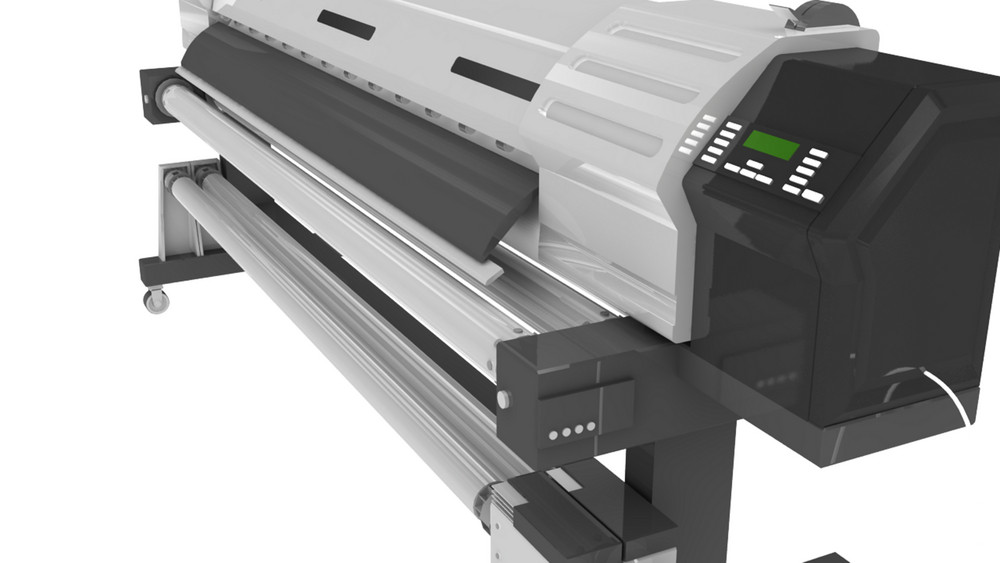
It may not come as a surprise to hear that the clothing industry is one of the largest in the entire world, and the broader field of textiles employs many people around the world. After all, everyone needs clothing to wear, may it be everyday clothes, formal outfits, work or military uniforms, or accessories like hats and gloves. The United States in particular stand as the world’s single largest producer and consumer alike for clothing, and many brand names and department stores have risen to prominence with clothing lines. Of course, clothing is sometimes consumed and used as is, but other consumers like to modify their clothes for flair and personal taste. Machines known as heat transfer presses may be used to modify clothes like this, and a manual heat press may allow a user to simply use heat and pressure to apply a decal, graphic, or other item onto their clothing and permanently fuse it on. A cap heat press may be used for hats in particular, and they may differ somewhat from heat transfer presses for shirts. What is there to know about the clothing industry today, and how consumers modify their clothes such as with heat transfer presses?
Clothing Today
it is safe to say that the clothing industry is in better shape than ever before. In fact, the average American consumer purchases twice as many clothes as just 20 years ago, and many American women have an outfit for every day of the month (compared to just nine in 1930). Today around the world, the textile market has an impressive total value of $2.56 trillion, and the United States alone makes up a large share of that. As of 2016, the American apparel market was worth $315 billion, but experts are predicting growth in the coming years. By the year 2025, this market may reach a value of $385 billion or so. On average, consumers are spending $1,700 on apparel and related services, and some clothes may be further modified and altered after they are bought. The apparel industry employs more than department store managers and sales floor associates. More skilled and specialized workers such as seamstresses, tailors, and dressmakers are hard at work, modifying anything from wedding dresses and ball gowns to suits and tuxedos, coats and more. The U.S. Bureau of Labor Statistics says that around 7,880 such specialized employees are at work in the United States today. How might they or heat transfer presses modify clothes to a customer’s satisfaction?
Modifying Clothing
Many American consumers may have plain shirts in their wardrobes that they would like to modify, and this can be done easily with heat transfer presses. These machines may be found in many clothing shops across the United States, and some shops may in fact specialize in producing customized clothing for consumers. When a customer enters this shop, they may either bring along a shirt they want modified or purchase a plain shirt on the premises to have customized. Either way, the heat press machine will be used, either by the customer or a store associate, to put the new graphic logo onto the fabric. The shirt and decal will be placed together between two plates on the machine, and then the plates are closed together and the machine will activate. Once the settings are adjusted as needed, the heat press machine will indeed use pressure and heat to fuse the graphic onto the shirt’s surface, no special glues or tailoring needed. This process may require only a minute or two, and the finished product can be retrieved and is ready to wear. Cap heat pressed may be used to apply decals onto baseball caps.
Meanwhile, some discerning customers may ask a tailor to put a monogram onto their clothing. This is when the wearer’s initials are sewn onto a piece of clothing such as a dress shirt or suit jacket. Such a trend was started in the 1980s, but that decade’s flashy, large monograms have fallen out of favor. Today’s monograms are smaller and subtler in appearance, and a person may have just one piece of clothing in their ensemble with a monogram on it. Even cloth handkerchiefs might have a monogram sewn onto them.


